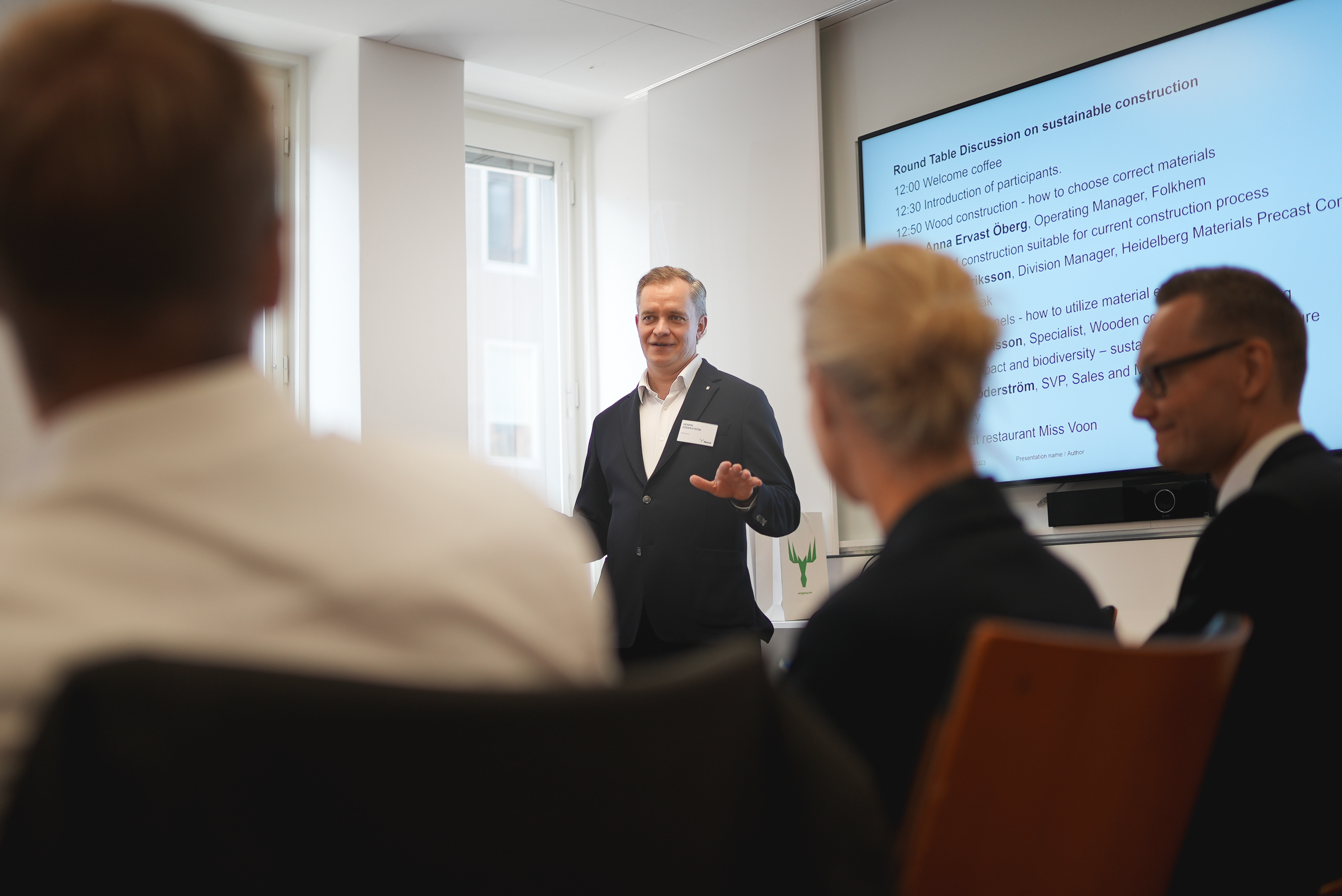The industry is witnessing a rising demand for wooden construction where it can be used efficiently - even in combination with steel and concrete. This article explores four main themes shaping this shift: An increased demand for wood products, the emergence of hybrid solutions, the rise of prefabrication, and the importance of forest biodiversity.
Demand for wood solutions increases
Many cities and municipalities are gradually setting targets for more sustainable buildings, according to Anna Ervast Öberg, Operating Manager at Folkhem, a residential developer. They have chosen to exclusively build with wood already for several years, emphasizing that their choice is primarily for the sake of the environment. Wood reduces the carbon footprint of cities and enhances the quality of life.
"The demand for wooden construction is skyrocketing, and the interest in wood is growing. This is true both for those who will live in the buildings and from the construction industry and municipalities" says Anna Ervast Öberg.
The benefits of building with wood are plenty. One example of a successful project for Folkhem is the Cederhusen in Stockholm, where multi-family houses were built on top of a tunnel. The low weight of wood compared to other construction materials made the project possible. She believes that the right solution for sustainable urban development is not only in the technology but also in the materials we choose. Wood, with its sustainable properties, becomes a central part of this equation.


